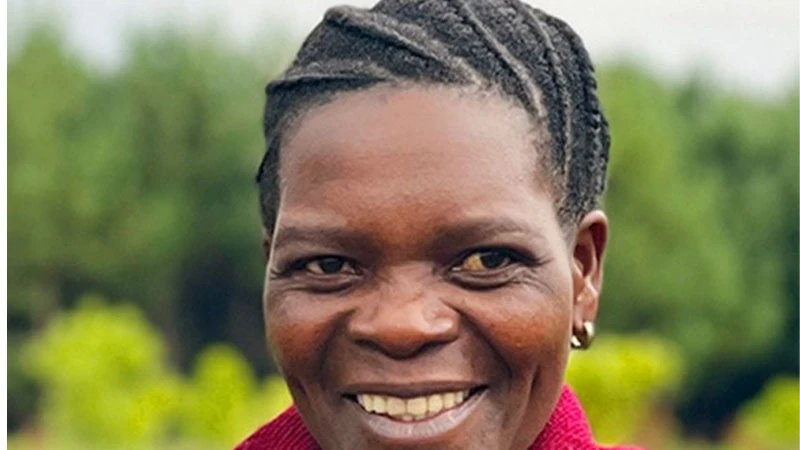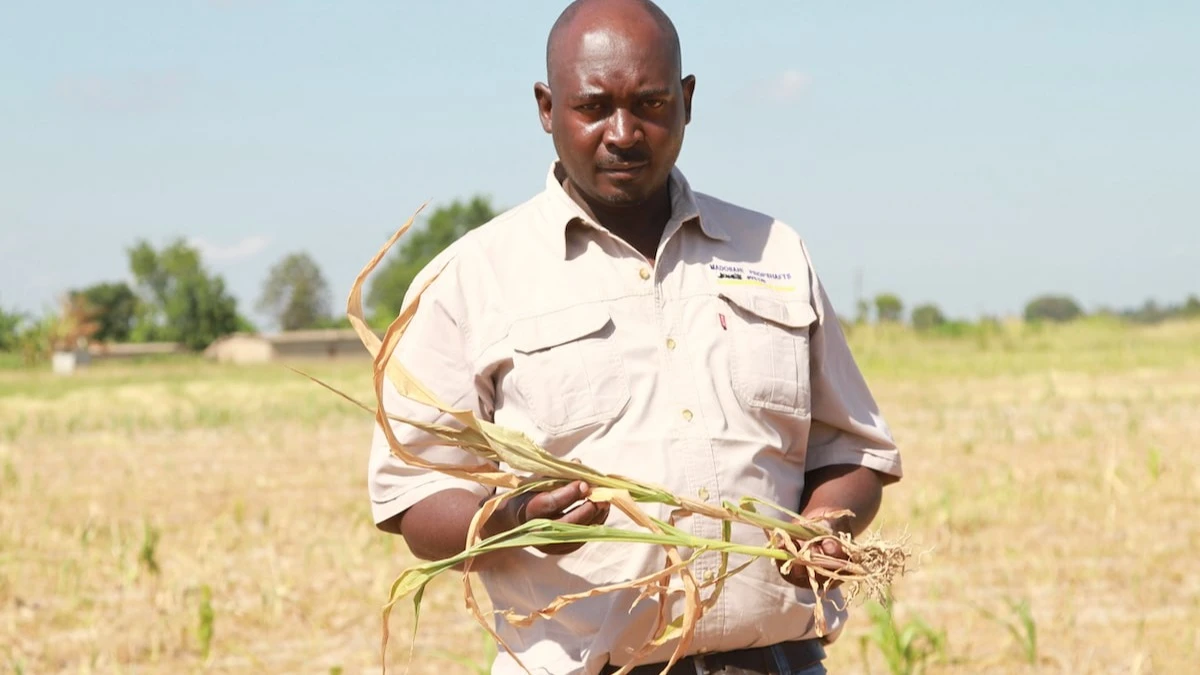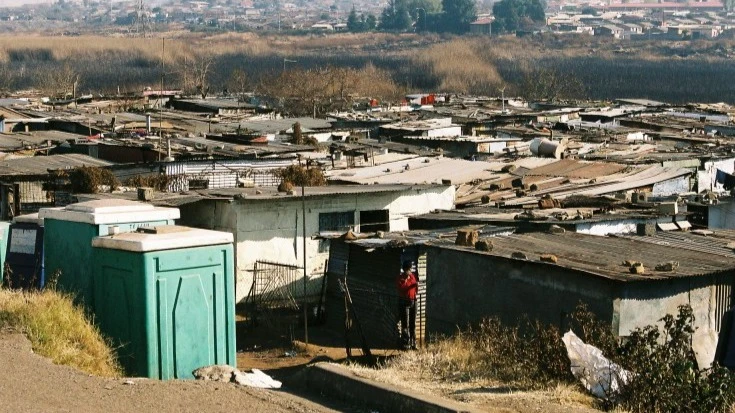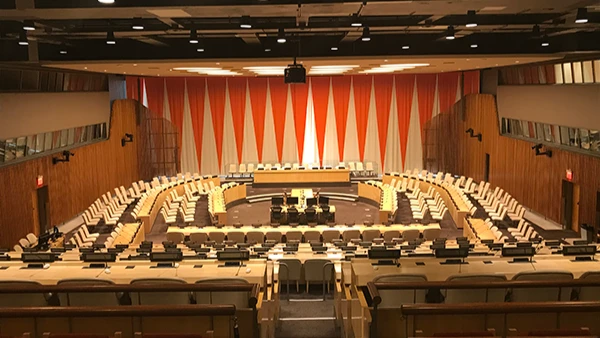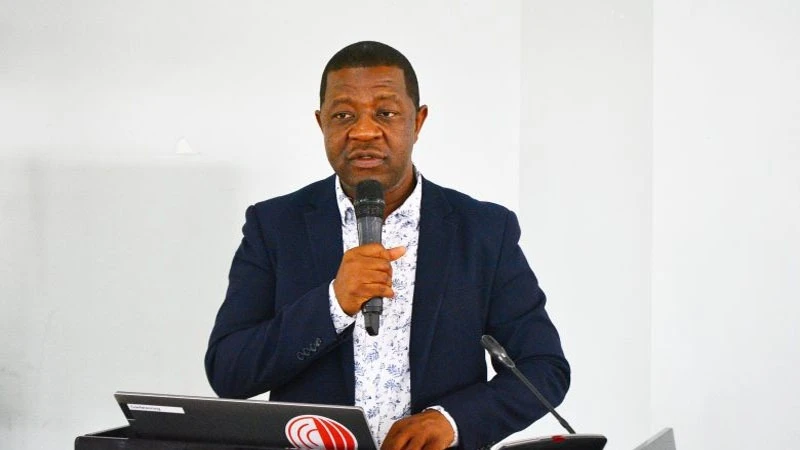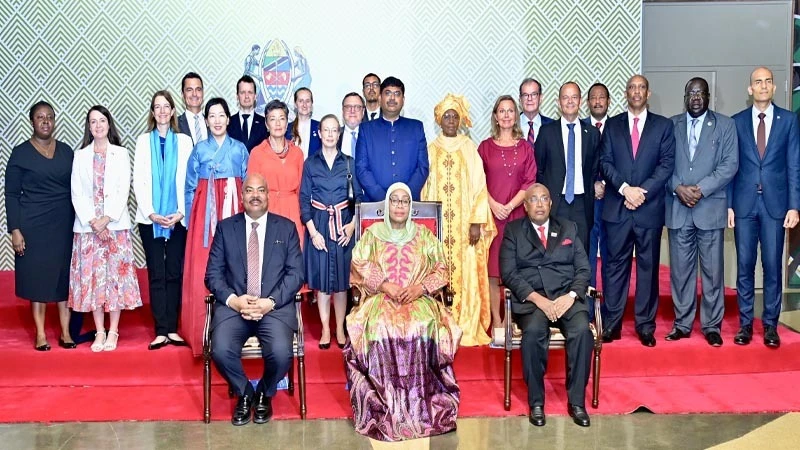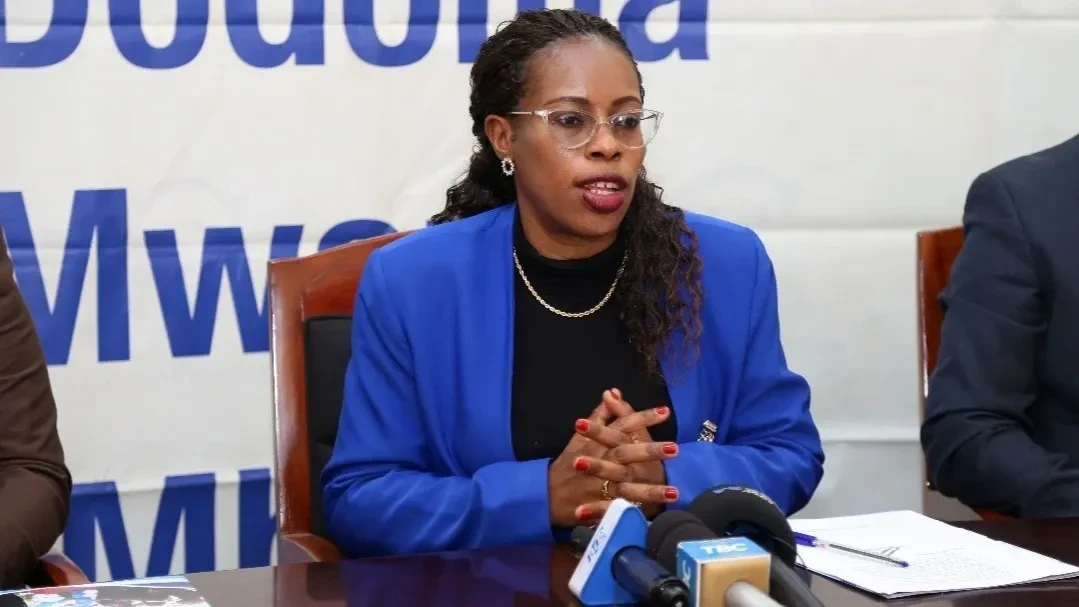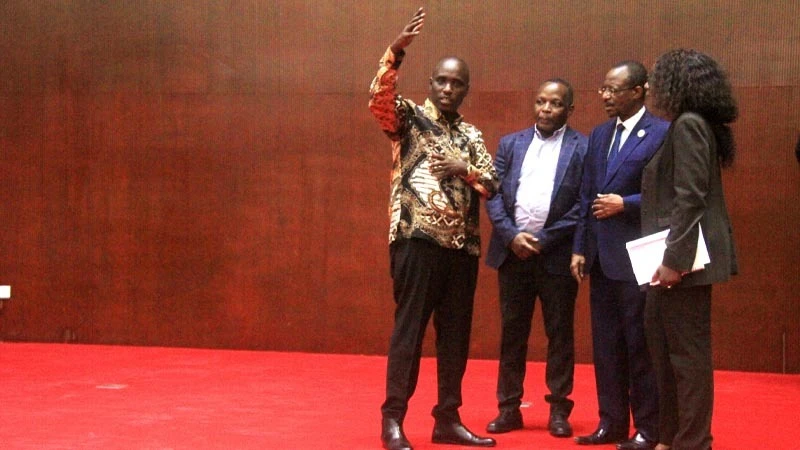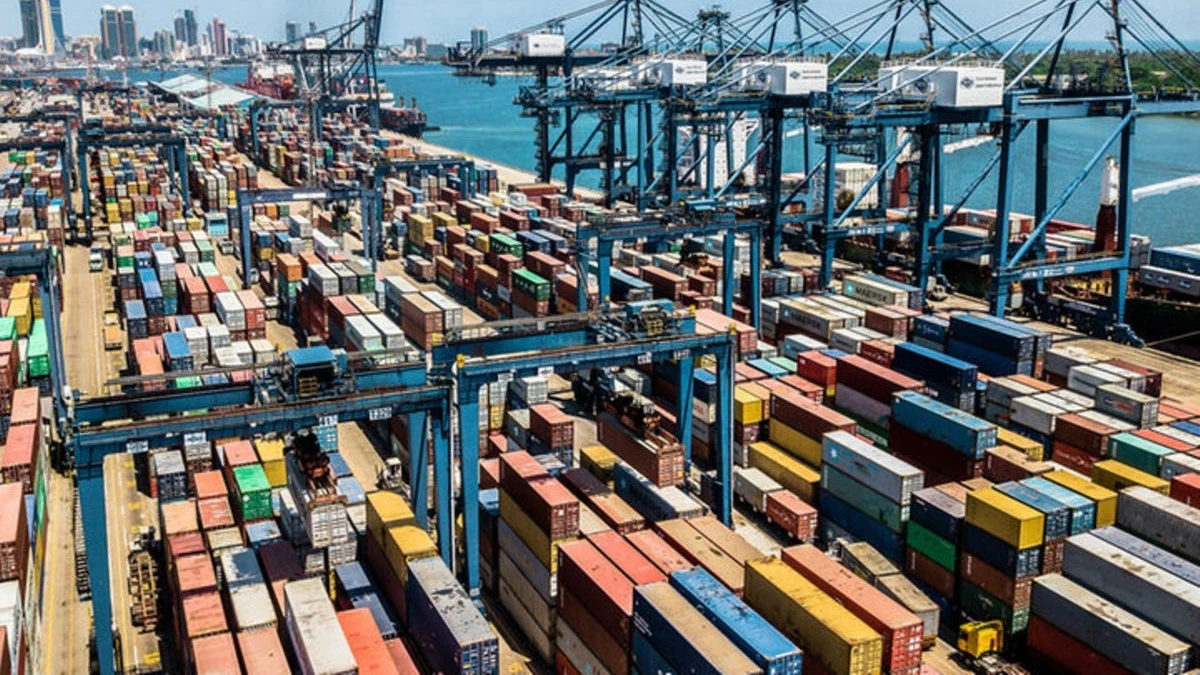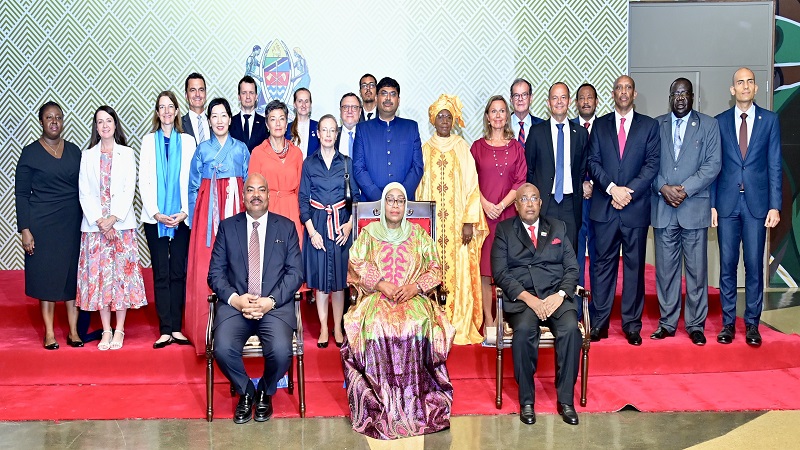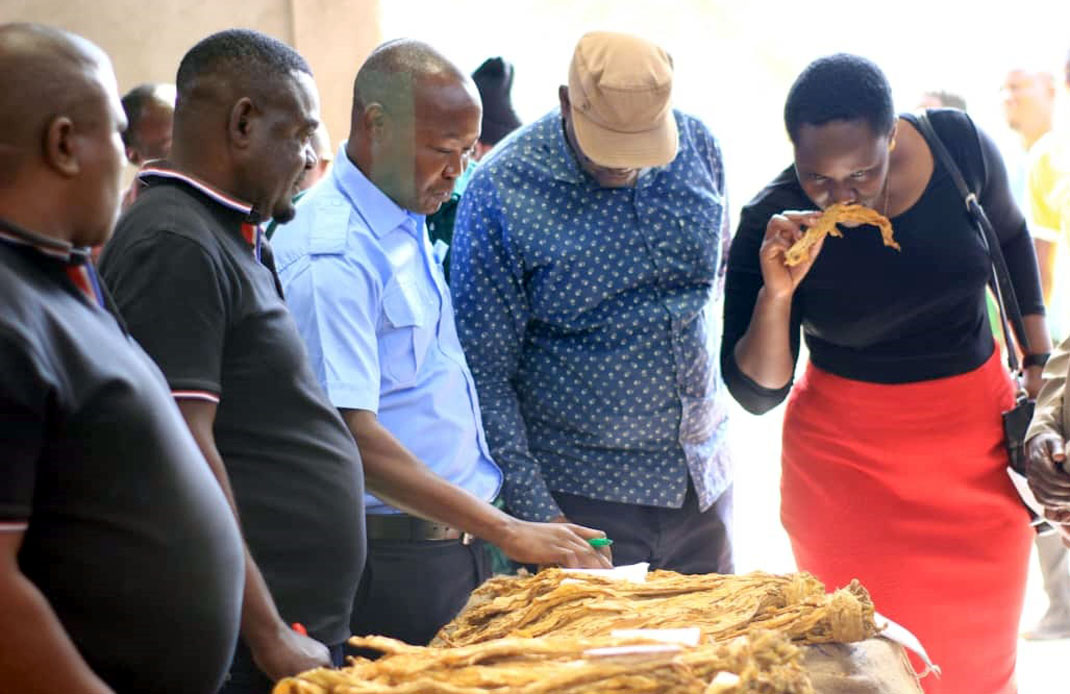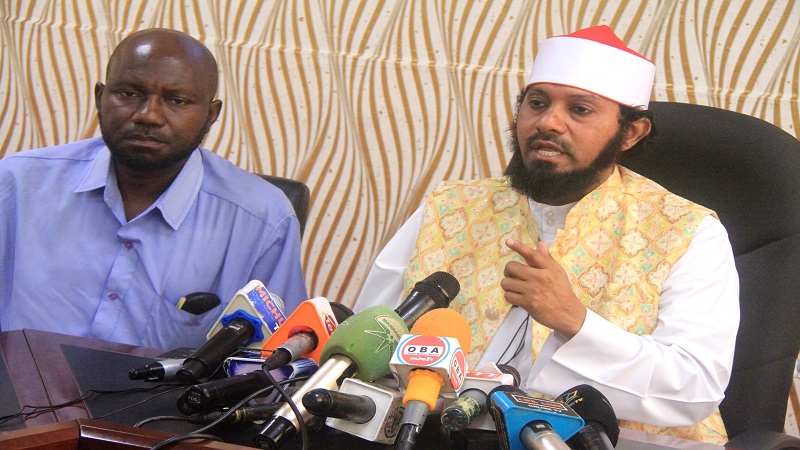Consumerism is aggravating Africa’s poverty, indebtedness

COUNTRIES, which used to be at the same level of development with African countries in the 1960s, have reportedly made great strides in development, while the majority of African countries are still on the list of least developed countries (LDCs).
For instance, African Business (2022) says in the early 1960s, South Korea had the same GDP per capita as Kenya and Ghana. But today it has a strong (high income) economy and high standard of living.
Looking at poverty, which still engulfs African countries, while there is a lot of money both promised and received for development projects it is puzzling why poverty is still prevalent on the African continent.
Let’s look at poverty incidence since 2022. Global Multidimensional Poverty Index (MPI) 2022 estimates 579 million poor people at the time lived in sub-Saharan Africa followed by South Asia (385 million).
MPI 2022 surveyed 111 developing countries (comprising 23 low-income countries, 85 middle-income countries and 3 high-income countries) across the world and found that the most common profile, affecting 3.9 per cent of poor people, included deprivations in four indicators, namely nutrition, cooking fuel, sanitation and housing.
“Moreover, for the first time since the global MPI was introduced (in 2010), the number of poor people in sub-Saharan Africa is larger than the combined number for South Asia and East Asia and the Pacific (494 million).”
MPI was launched in 2010 by the Oxford Poverty and Human Development Initiative at the University of Oxford and the Human Development Report Office of the United Nations Development Programme (UNDP).
MPI 2023 says 10 million of the 12 million poor people with the highest deprivation scores (90-100 per cent) live in sub-Saharan Africa. Moreover, it says 534 million out of 1.1 billion poor people —half of all poor people— lived in sub-Saharan Africa in 2023. According to MPI 2023, about half of poor people lived in sub-Saharan Africa, and over a third lived in South Asia.
The report suggests that the higher the incidence of poverty, the higher the intensity of poverty that poor people tend to experience. “In sub-Saharan Africa the intensity of poverty is particularly serious. The region is home not only to the highest number of poor people, but also to the poorest of the poor,” it says.
MPI 2024 says 83.2 per cent of the world’s 1.1 billion multidimensionally poor people live in sub-Saharan Africa and South Asia. It adds that sub-Saharan Africa has 553 million people living in poverty, and South Asia, 402 million. MPI 2024, which surveys 112 countries, says 1.1 billion people out of 6.3 billion are living in poverty.
“Nearly half (48.2 per cent) of these poor people live in sub-Saharan Africa (553 million), and over a third (35.0 per cent) live in South Asia (402 million).” Although there are tremendous efforts to reduce poverty, progress is very slow.
Amidst Africa’s poverty incidence almost all African leaders drive expensive vehicles, have long motorcades and many delegates when they visit other countries.
This shows how consumerism can be manifested in many forms. Above all, corruption diverts the money, which should have been injected into development projects, for personal use. These factors aggravate poverty and indebtedness.
A UNDP paper titled “Africa Governance and Development Outlook 2024” says in 2024, 17 million African citizens (9 per cent of the population, of which over one million are children) will be at risk of severe food insecurity.
Summarising Africa’s human development indicators in 2023, the paper says 3 in 4 sub-Saharan Africans lack access to safely managed sanitation services, 53 per cent lack access to electricity, 52 per cent lack primary healthcare and that Africa has the highest child mortality and maternal mortality rate in the world.
While acknowledging the gains achieved so far, the paper says sub-Saharan Africa has the highest rates of education exclusion globally. “More than 30 per cent of adults cannot read. However, four in every five primary school-aged children are in school.”
On Africa’s international debt, the paper says Africa’s external debt stock has risen significantly over the past decade estimated at $1.13 trillion in 2023, with 25 countries at risk of being in high debt distress or already in debt distress.
“The average government debt ratio in sub-Saharan Africa has doubled over a decade, rising from 24 per cent of GDP at the end of 2013 to 51 per cent of GDP by 2023. The ratio is estimated to decrease to about 46 per cent of GDP in the next five years,” the paper says. It also says Africa’s interest payments to revenue ratio more than doubled since the 2010s and is now four times the ratio in developed economies.
Expounding on this, the paper says from 2024 to 2028, African countries will be expected to pay about $363 billion in debt service payments. “In 2024, debt service payments are expected to be equivalent to 12 per cent of GDP,” the paper stresses. However, reports show Tanzania is not in low, high or distress, but in moderate debt status.
With rising indebtedness, it is necessary to cut down unnecessary costs and increase investment in development projects and in the provision of social services. In light of this, the UNDP paper says continental leaders in government and business alike must individually and collectively address and navigate complex domestic, regional and international risks and challenges.
Top Headlines
© 2025 IPPMEDIA.COM. ALL RIGHTS RESERVED


